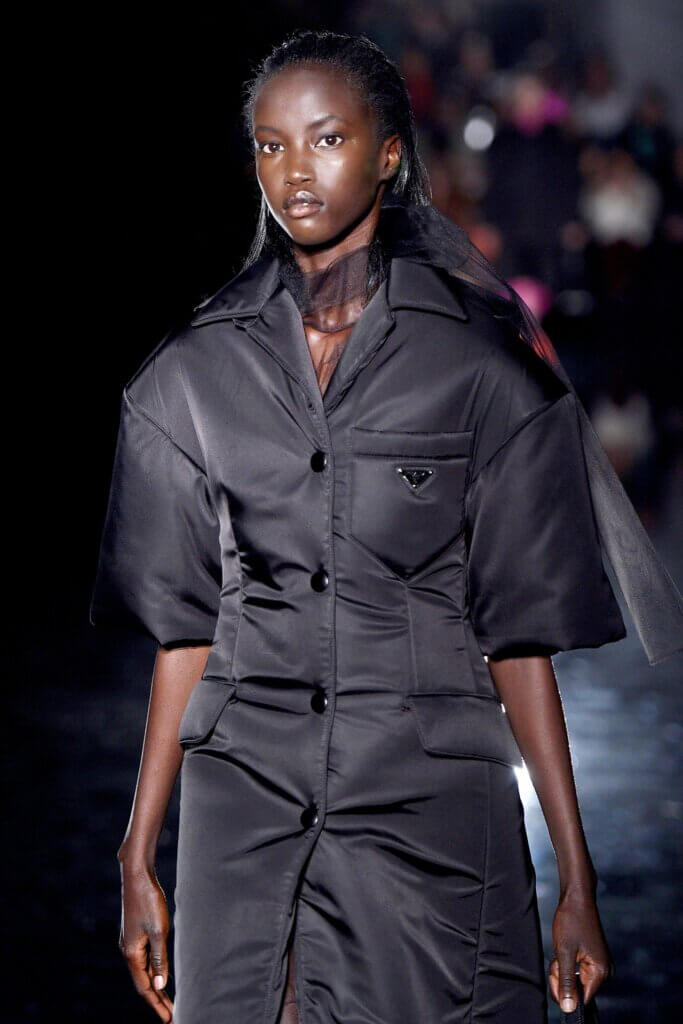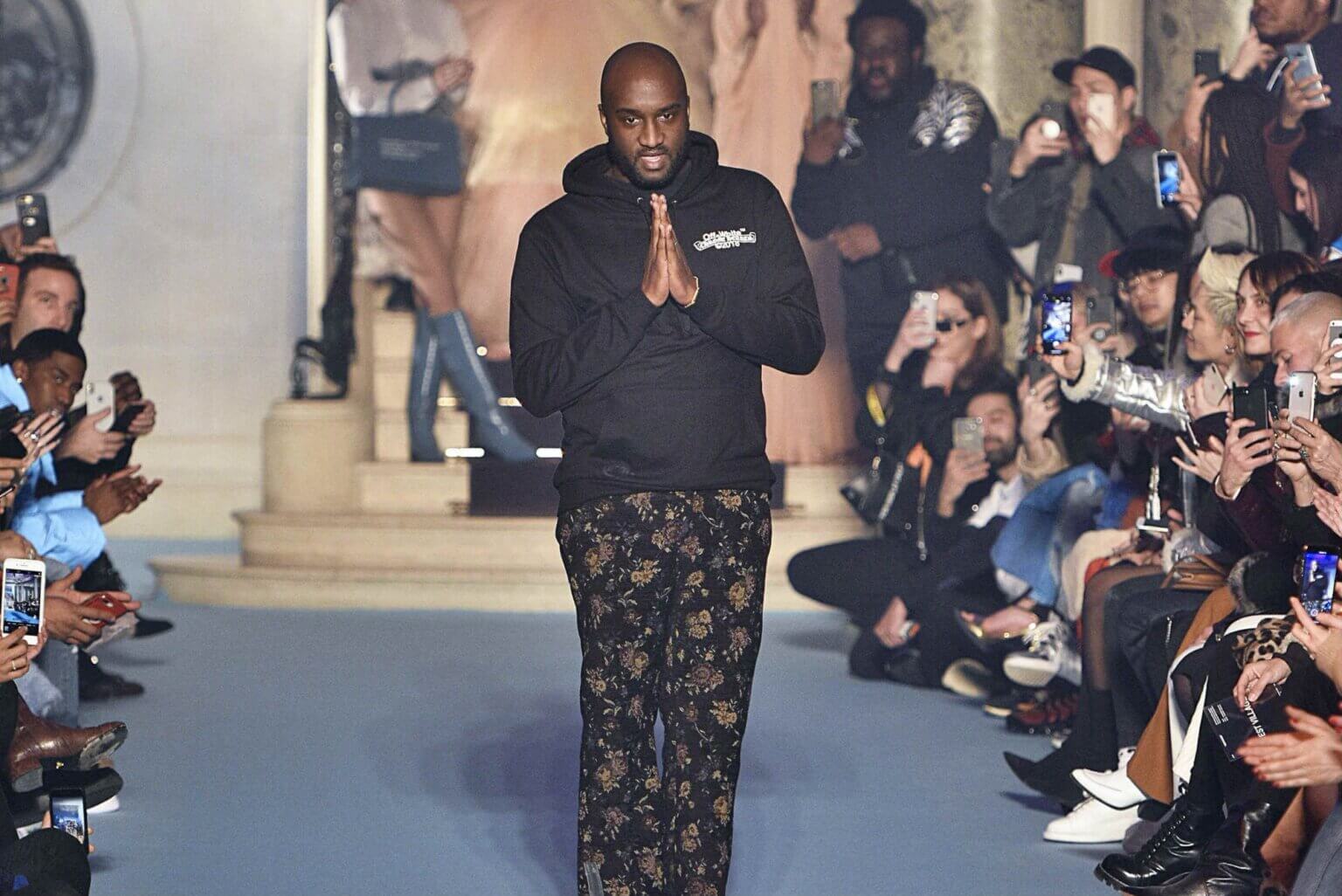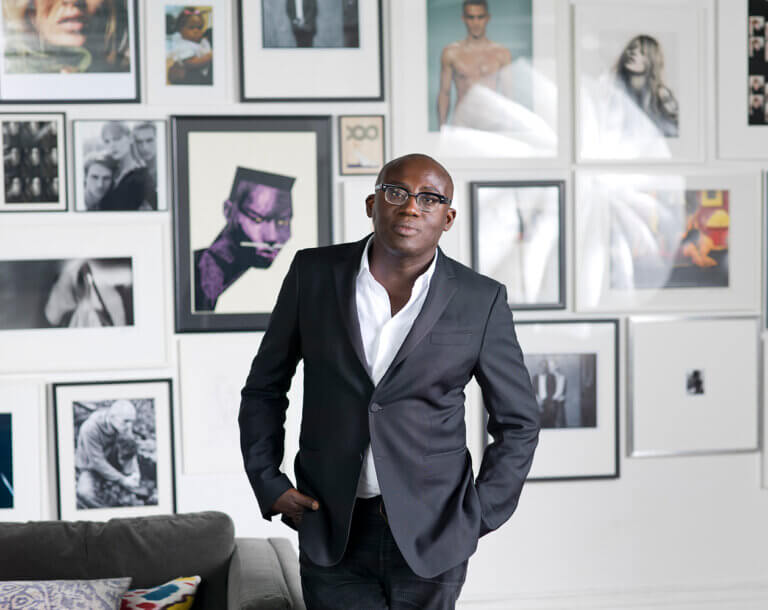As part of our Diversity & Inclusivity week, we thought of sharing an insight in the Fashion business. How the industry is dealing with diversity, what is being done and what can still be done. The lack of Diversity and Inclusivity is undoubtedly one of the biggest problems in fashion.
It may seem that Fashion has become more diverse over the years, but it is far from being inclusive.
In order to really dissect this topic, it’s important to understand the difference between the two terms: inclusivity and diversity. Diversity means ‘the mix’ of something; it is the difference within a group of people. That difference can be gender, sexuality, disability, body image. Inclusion is about different identities feeling and/or being valued, leveraged, and welcomed within a given setting (e.g., your team, workplace, or industry). Diversity is about the what and Inclusion, on the other hand, is about the how.
But how can you measure diversity & inclusivity? Change should be within the company and not only externally. Advertisement, for example, is extremely important. More often than not, Ads, the choice of models for a runway, the choice of brand ambassadors, influencers have become a representation of what is beautiful, ‘cool’ and what should be celebrated. But is that enough? On the F/W 2018 Prada runway, Anok Yai made history as the first black model in 20 years to open a Prada show. Should Prada really be praised for this? Does this really show progress?


Hunter Schafer for the AW17 Versace Versus campaign.
The LGBTQ community is finally getting the attention and recognition it deserves, in the fashion/modelling scene. The Fashion Spot reported that the S/S 2020 New York Fashion Week was the second most gender inclusive New York Fashion Week in history. Out of the 2,327 models casted, 24 were transgender and 12 models who identify as non-binary. A big difference from the S/S 2016 season where only 3 transgender models were casted. The rise of transgender models sparks important discussions in mainstream media about the importance of representation and inclusivity.
Arguably, the most important aspect of diversity and inclusivity is the infrastructural change within a company, the devotion to really choose to invest and believe in change. When diverse decision makers and executives are allowed to enter the highest levels of the industry, thats when real change happens. It’s not just about casting a ‘diverse’ model, but rather about having a diverse hiring strategy and giving them an influential voice, a ‘seat at the table where decisions are being made’. In recent years there have been two great examples of inclusivity; Virgil Abloh appointed as Artistic Director of Menswear at Louis Vuitton and Edward Enninful as Editor-In-Chief at British Vogue.


Important roles such as: ‘D&I Manager’ have been created and filled. H&M’s Ezinne Kwubiri oversees the company’s global Diversity & Inclusivity work in North America. Kwubiri stated that the first step of the job was bringing awareness to the issue — “just a sense of education and knowledge and having D&I at the forefront of the entire company’s mind when they are doing work so it’s not isolated to just the work that I am doing,” She instituted a program at the company this year called ‘Layers’. A regular monthly workshop hosted internally that educates both corporate employees and executives on how a lack of diversity impacts the entire business, and it encourages discussion and reflection across departments about how to support employees of color. It is imperative that fashion brands have a role like this in their structure.
D&I Manager responsibilities include:
- Designing company policies that reinforce diversity in the workplace, address all kinds of harassment and protect minority groups.
- Partner with Talent Acquisition and train hiring managers and HR staff on how to select, manage, evaluate and retain diverse employees.
- Partner with the Human Resources team to develop training and development that fosters a more inclusive environment
- Measure and forecast diversity metrics
- Researching and advising on diversity and inclusion issues and creating programmes, training and values around this.
So what can brands really do to create change? Unfortunately/fortunately diversity has become somewhat trendy and a lot of brands use this to their advantage. But as stated before, real change starts from within, a complete infrastructural make over. But change will not only come from brands. We as consumers, hold a lot of power. We need to also understand who and what we support, not just looking at the surface level like ‘Is this Ad campaign diverse enough?’ but rather ‘Is this brand advocating for, standing for change, internally re-evaluating themselves?’. It’s important to also support the minority. For example, shop smaller black owned businesses and black designers.
Here is a list of 5 brilliant Black-Founded fashion brands to support & have on your radar:
Give us a visit over on our Instagram @gmfashioncareer to follow our Diversity & Inclusivity Week.
